THE COURTS
Title 231--RULES OF
CIVIL PROCEDURE
PART II. ORPHANS' COURT RULES
[231 PA. CODE PART II]
Proposed Amendment of Pa.O.C.R. 6.1 and Revised Model Accounts; Recommendation No. 3 of 2006
[36 Pa.B. 6929]
[Saturday, November 11, 2006]The Supreme Court of Pennsylvania Orphans' Court Procedural Rules Committee is publishing for comment a proposed amendment to Pa.O.C. Rule 6.1 and revised Model Accounts which may be viewed at: www.courts. state.pa.us/index/supctcmtes/orphctrules/indexorphctrules. asp.
Rule 6.1(a) has been expanded to include distributions as a category for completeness. Rule 6.1(b) has been restated to clarify the need for separate schedules within the account as illustrated in the Model Accounts. Consistent with the objective to standardize practice statewide, present Rule 6.1(e) permitting local rules regarding forms of account is stricken and the Rule is revised to require use of forms of Account consistent with the model forms except upon special order of Court.
If approved, the following Model Accounts would appear in an Appendix to the Rules:
(1) Revised Model Estate Account;
(2) Revised Model Trust Account; and
(3) New Model Charitable Remainder Unitrust Account.
The Model Estate Account and Model Trust Account currently approved under Pa.O.C. Rule 6.1(g) have been modified to correct certain mathematical and formatting errors and reflect other changes unique to practice in Pennsylvania while remaining consistent with the model accounts recommended for use by the Committee on National Fiduciary Standards. The Model Charitable Remainder Unitrust Account is new and incorporates additional schedules which permit the Orphans' Court and the parties to whom the unitrust account is furnished to verify that unitrust payments have been accurately computed and distributed. The Committee proposes to replace the present Model Estate and Trust Accounts and to add the Model Charitable Remainder Unitrust Account in the format attached to this Recommendation and to include such models in a single appendix to the Pennsylvania Orphans' Court Procedural Rules as described more fully below.
These proposed Orphans' Court Model Accounts are part of an ongoing forms project intended to promote uniformity and to standardize the content of pleadings and forms in use across the state. The Uniform Fiduciary Accounting Principles and accompanying commentaries and illustrations recommended by the Committee on National Fiduciary Standards are retained and relocated to the appendix in which the Model Accounts will also be found following the Pa.O.C. Rules.
Proposed new material is bold. Deleted material is bold and bracketed.
The Committee welcomes input from attorneys, judges and court administrators concerning the proposed revisions to Rule 6.1 and the proposed Model Accounts, and seeks suggestions as to additional forms which may be suitable for statewide use. All communications in reference to the proposed rule change and accounting forms should be sent, no later than December 15, 2006, to the following address:
Dean R. Phillips, Chief Counsel
Orphans' Court Procedural Rules Committee
5035 Ritter Road, Suite 700
Mechanicsburg, PA 17055
Or via E-Mail to:
orphanrules@pacourts.usBy the Orphans' Court
Procedural Rules CommitteeMARY JANE BARRETT, Esq.,
Chair
Annex A
TITLE 231. RULES OF CIVIL PROCEDURE
PART II. ORPHANS' COURT RULES
RULE 6: ACCOUNTS AND DISTRIBUTION Rule 6.1. Form of Account.
Accounts shall conform to the following rules:
(a) The dates of all receipts [and], disbursements and distributions, the sources of the receipts, and the persons to whom disbursements and distributions are made and the purpose thereof shall be stated except that where a number of payments have been received from the same source or disbursed or distributed to the same recipient for the same purpose over a period of time, such receipts [or], disbursements or distributions need not be itemized but may be stated in total amounts only with dates of beginning and ending of the period covered.
(b) Except where otherwise provided by a special order of the local Court in a particular case, [items of administration, distribution, receipts, disbursements, principal, and income shall be separately itemized.] principal and income shall be accounted for separately within the account. As illustrated in the Model Accounts set forth in the Appendix, every account shall contain:
(1) cover page;
(2) summary and index page;
(3) separate schedules, as needed, which set forth receipts, gains or losses on sales or other dispositions, disbursements, distributions, investments made and changes in holdings, and other schedules as appropriate; and
(4) signature and verification pages by the accountant(s); the verification of the personal representative's account shall contain a statement that the Grant of Letters and the first complete advertisement thereof occurred more than four months before the filing of the account unless the personal representative has been directed by the court to file an account prior to that time.
(c) Assets held by the accountant on the date of filing the account shall be separately itemized.
(d) Testamentary assets shall be segregated from appointive assets.
(e) [Each local Court may adopt further rules not inconsistent with the foregoing regulating the form of accounts.
(f)] Except where otherwise provided by a special order of the local Court in a particular case, Accounts [may] shall be prepared and filed in substantial conformity with [either (i) the rules prescribed or forms approved by the local Court or (ii)] any form approved by the Supreme Court of this Commonwealth[--whichever the accountant may elect].
[(g)] (f) The Uniform Fiduciary Accounting Principles and accompanying commentaries and illustrations recommended by the Committee on National Fiduciary Accounting Standards in collaboration with the National Center for State Courts are approved as an elaboration of the requirements of this rule. Reference may be made to them for determination of the adequacy of a particular account. The model Account formats [attached thereto] set forth in the appendix to the Pa.O.C. Rules are the approved forms for purposes of paragraph [(f)(ii)] (e) of this Rule in lieu of all forms heretofore approved.
Committee Comment: Subparagraph (a) of this Rule is expanded to include distributions as a category for completeness. Subparagraph (b) of this Rule is expanded to delineate the individual schedules required within an account and to require that each account be signed at the end and verified. Consistent with the objective to standardize statewide practice former subparagraph (e) of this Rule was stricken and present subparagraph (e) was modified to require use of forms of Account consistent with model forms except upon special order of Court. The National Fiduciary Accounting Standards Project (1983) Report of Fiduciary Accounting Standards Committee previously referenced in Pa.O.C. Rule 6.1 is now included in the appendix following the Pa.O.C. Rules. However, the Orphans' Court Procedural Rules Committee has corrected and modified the Project's Model Estate Account and Model Trust Account attached to that Report and added a Model Charitable Remainder Unitrust Account. All Model Accounts are also now included in the appendix following the Pa.O.C. Rules.
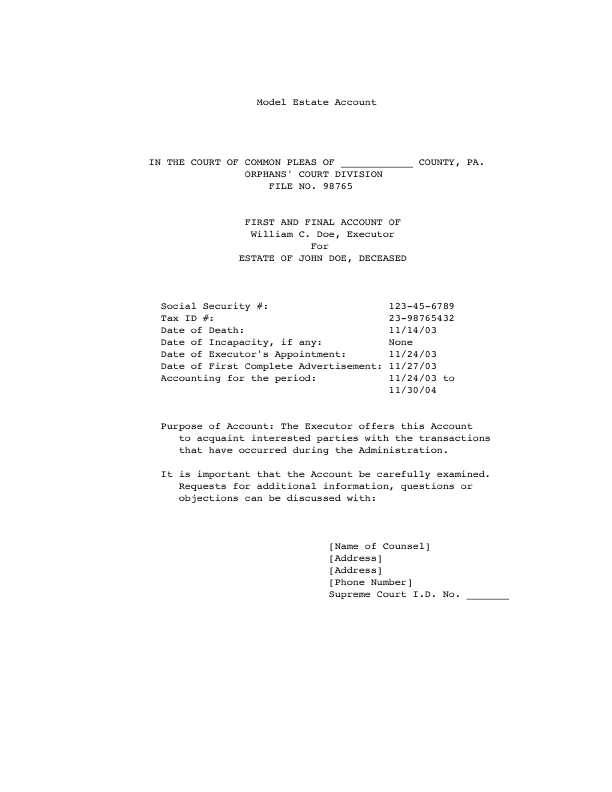
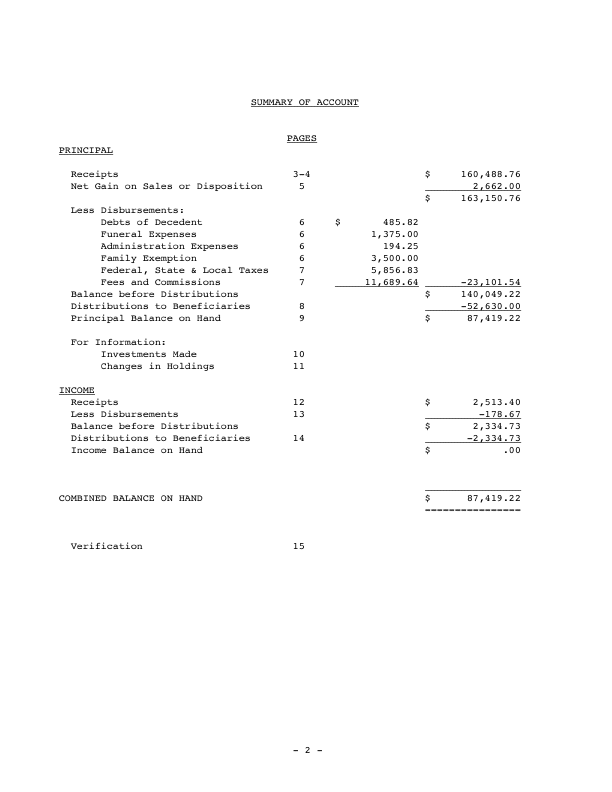
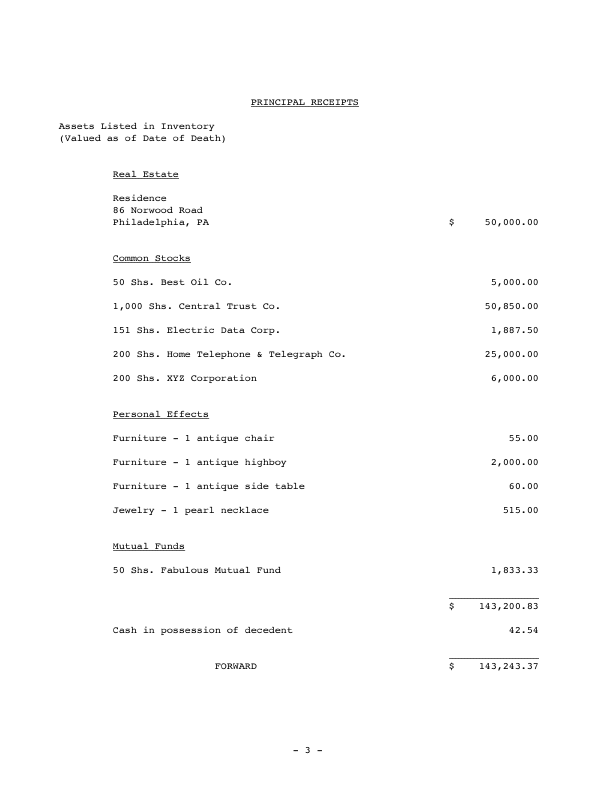
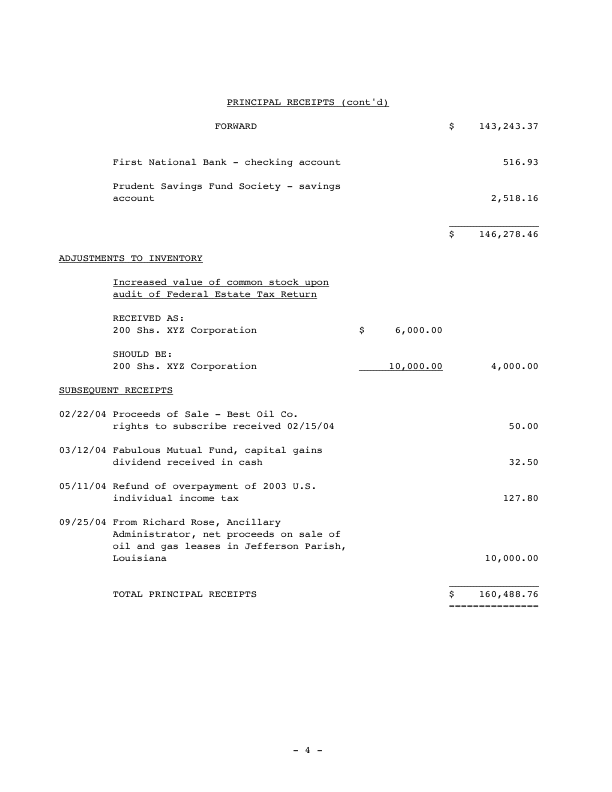
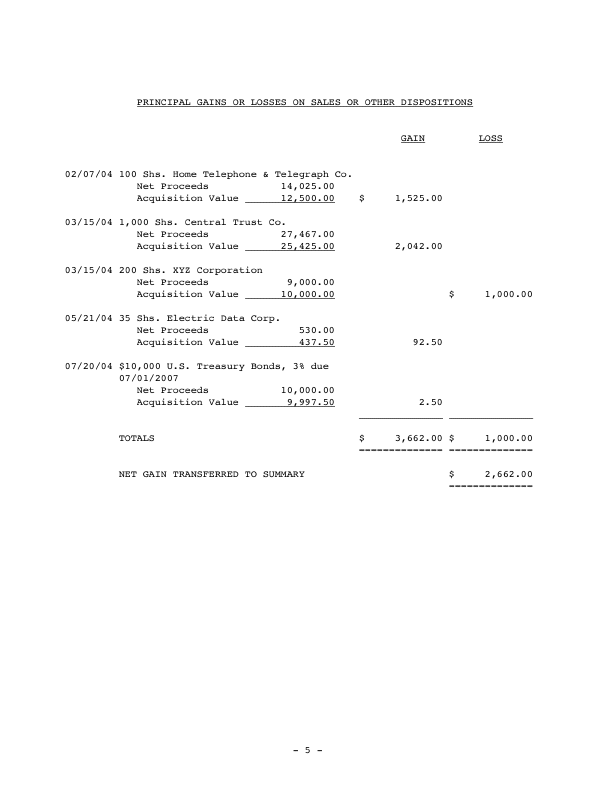
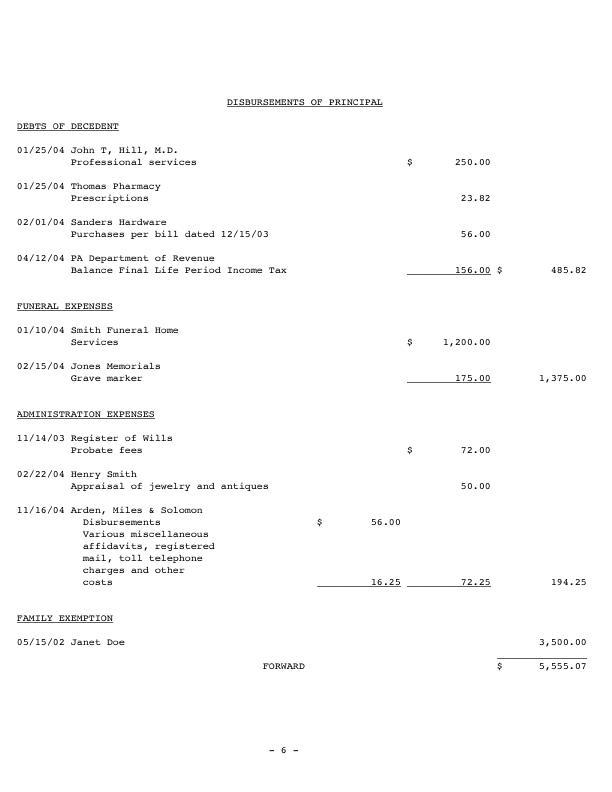
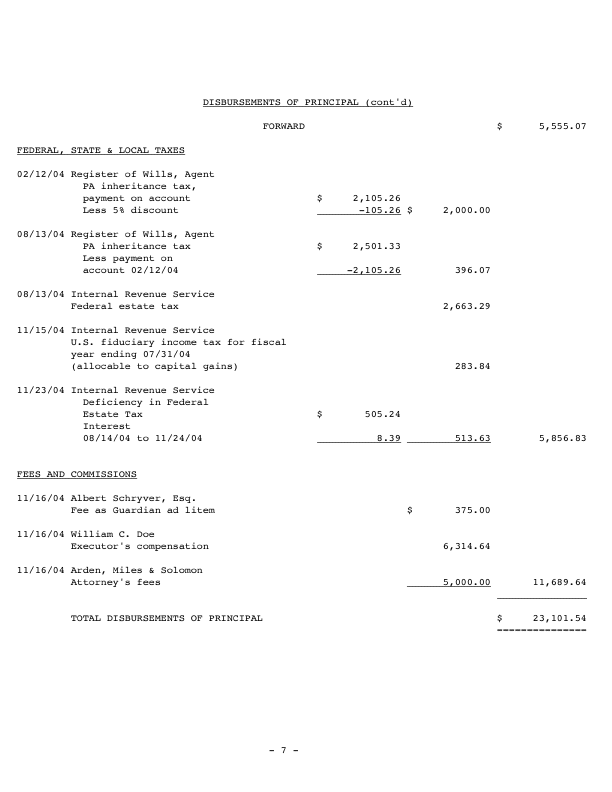
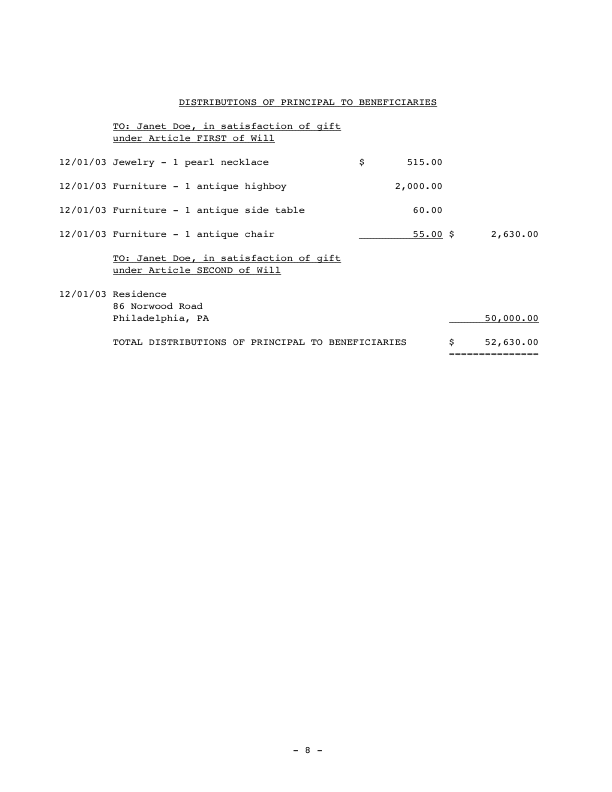
[Continued on next Web Page]
No part of the information on this site may be reproduced for profit or sold for profit.This material has been drawn directly from the official Pennsylvania Bulletin full text database. Due to the limitations of HTML or differences in display capabilities of different browsers, this version may differ slightly from the official printed version.